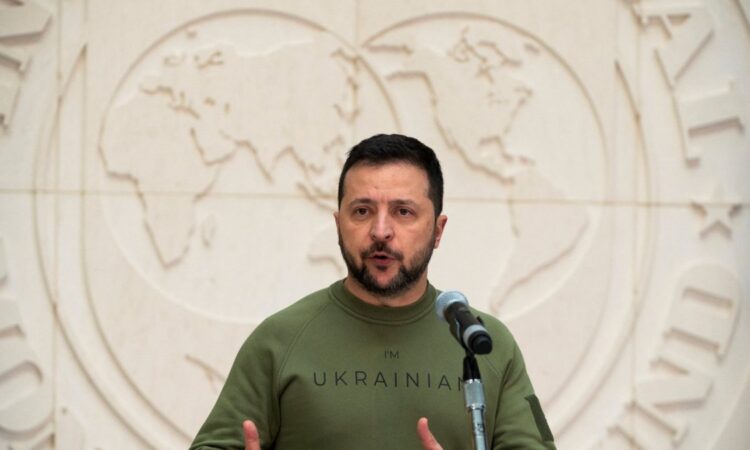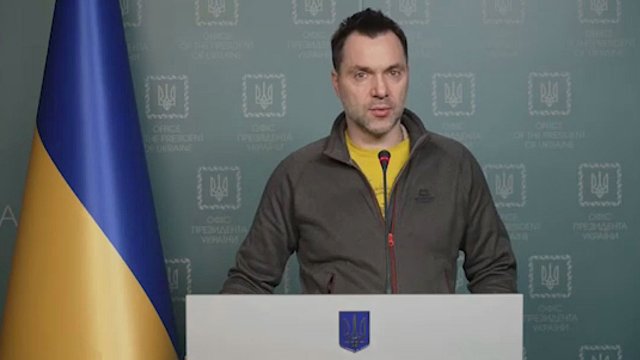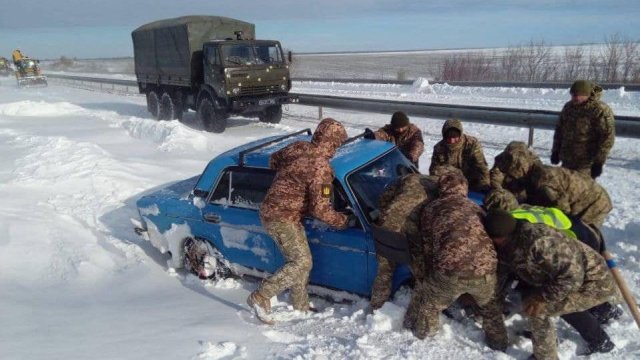
As Volodymyr Zelensky arrives in Washington pleading for more money, US insiders and defence pundits say it’s approaching crunch time for Ukraine in its war with Russia – and that new strategies are needed to save the country.
Since February 2022, the United States has provided Kyiv with eye-watering amounts of aid and weapons – the bill to the US tax-payer is already $111bn. But military progress has been agonisingly slow – the flow of Western cash and arms is at risk of drying up.
A number of Republicans are saying “no more”. Others want indications of fresh thinking on Ukraine’s war strategy before they OK further aid – including the $60bn that Zelensky hoped Congress would pass by the Christmas recess on Friday.
Some in Washington say Ukrainian generals and politicians have unrealistic expectations about what the US will supply – requesting millions of rounds of artillery, for example, from Western stockpiles that do not exist.
According to the New York Times, there is talk in Washington of the US military wanting Ukraine to pursue a “hold and build” strategy — to focus on holding the territory it has and building its ability to produce weapons over 2024.
Ukraine has already said it wants to ramp up local arms production and even turn the country into a weapons production hub for the West.
Oleksandr Kamyshin, Ukraine’s minister for strategic industries, says approximately 500 companies in Ukraine’s defence industry are contributing to the country’s efforts to increase weapons production in order to boost the war effort. But so far, it’s not enough.
Some analysts are wondering why the issue of depleted arms supplies was not properly addressed sooner by the US.
“People are asking ‘how come such a mighty country is not able to boost defence production, when it was clear since the summer this is what is needed?’” says Orysia Lutsevych, deputy director of the Russia and Eurasia programme at Chatham House.
“We may be losing the opportunity Ukraine created, especially in the Black Sea by pushing out the Russian fleet.”
She says Washington’s hesitancy and muddled thinking have weakened Ukraine’s prospects.
“The problem is that Washington lacks strategy towards Russia and holds the false assumption that Kyiv can negotiate Russian withdrawal from its territory,” she adds. “We are losing time and allowing Putin to warm up his war machine. If Ukraine loses more territory, Nato will have to spend more, not less.”
Christopher Tuck, a reader in strategic studies at King’s College London, says that Ukrainian requests for equipment and munitions “might seem extravagant but they reflect the Ukrainian judgement that a strategy that relies on protraction is likely to favour Putin”.
“Whilst the alternative ‘hold and build’ strategy might make some military sense, it doesn’t resolve the larger political problem of US’s Ukraine fatigue,” he says. “Ukraine needs tangible military successes sooner rather than later; and for that, it needs as much US aid as it can get, as quickly as possible.”
Professor Tracy German, a conflict and security specialist at the Royal United Services Institute in London, has similar doubts. “The suggestions of a ‘hold and build’ strategy for Ukraine, rather than giving Kyiv everything that it needs to achieve a decisive victory, inevitably means a protraction of the war,” she says.
General Christopher Cavoli, the top American commander in Europe, has been taking a bigger role in co-ordinating with Ukrainian officials, according to the New York Times. And the Pentagon is dispatching three-star general Antonio A Aguto, who commands the support of Ukraine from a base in Germany, to spend lengthy periods of time in Kyiv to maximise America’s military and strategic support.
US and Ukrainian military officers say they hope to work out the details of a new strategy next month in a series of war games scheduled to be held in Germany.
Security experts agree a shakeup is necessary – but are not convinced that the Pentagon has the answers.
“I think there is a serious disconnect between some of the Ukrainian commanders and some of the US military and political security complex in terms of tactics and strategy,” William Alberque, director of strategy at the International Institute for Strategic Studies in Berlin, told i.
“I did not realise how bad it had gotten, but it does make sense – and the US recommendations are starting to sound a lot more like failed strategies in past conflicts [Iraq, Afghanistan, even Vietnam].”
After almost two years of bloodshed, destruction and trench warfare in Ukraine, Zelensky’s brave but outnumbered forces are nowhere near expelling the Russian invaders from their territory.
And the fighting has exacted a terrible price, with more than 10,000 civilian deaths and catastrophic destruction.
“There are many ramifications domestically. How will Zelensky manage expectations among citizens who hoped for a shorter war?” asks Lutsevych.
Russia, too, has suffered appalling losses and huge economic damage. But as the much larger country, and one run as a police state, Putin’s regime has been able to better absorb them, quell any dissent and transform itself into a wartime economy, energised, temporarily at least, by a surge in arms production.
After Ukraine’s summer offensive largely fizzled out, thanks to the strength with which Russia dug in its forces – and its willingness to use thousands of its soldiers as cannon fodder – the invaders are on the attack again along much of the long front line, according to the latest Institute for the Study of War assessment of the conflict.
Putin’s forces are pressing along the Kharkiv-Luhansk Oblast border, near Bakhmut, and towards Avdiivka. Russian forces are also conducting continuous ground attacks in the western, Zaporizhzhia Oblast.
And ahead of Putin’s staged re-election next year, the Kremlin appears to be in no mood to compromise.
Russian foreign ministry Spokesperson Maria Zakharova told AFP on Friday that Russia’s original objectives in Ukraine had not changed, repeating the Kremlin’s demand for full Ukrainian political capitulation.
There was some good news yesterday with Poland’s new Prime Minister Donald Tusk pledging that his country, one of Europe’s most militarily important nations, would continue to offer strong support for Ukraine.
But the bottom line is that almost two years on from Russia’s invasion, the West’s arms and aid have not been enough to free Ukraine. But continuing as we have so far is making less sense all the time.
“I do not have a crystal ball, but I think there needs to be a convergence on short, medium and long term objectives, expectations, and strategies if Ukraine is to prevail,” says Alberque.








